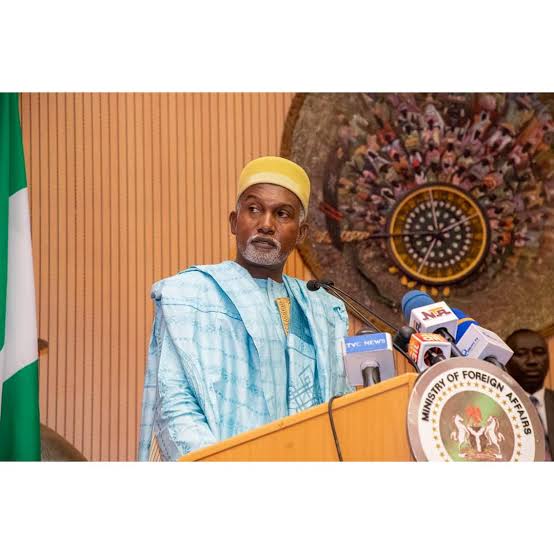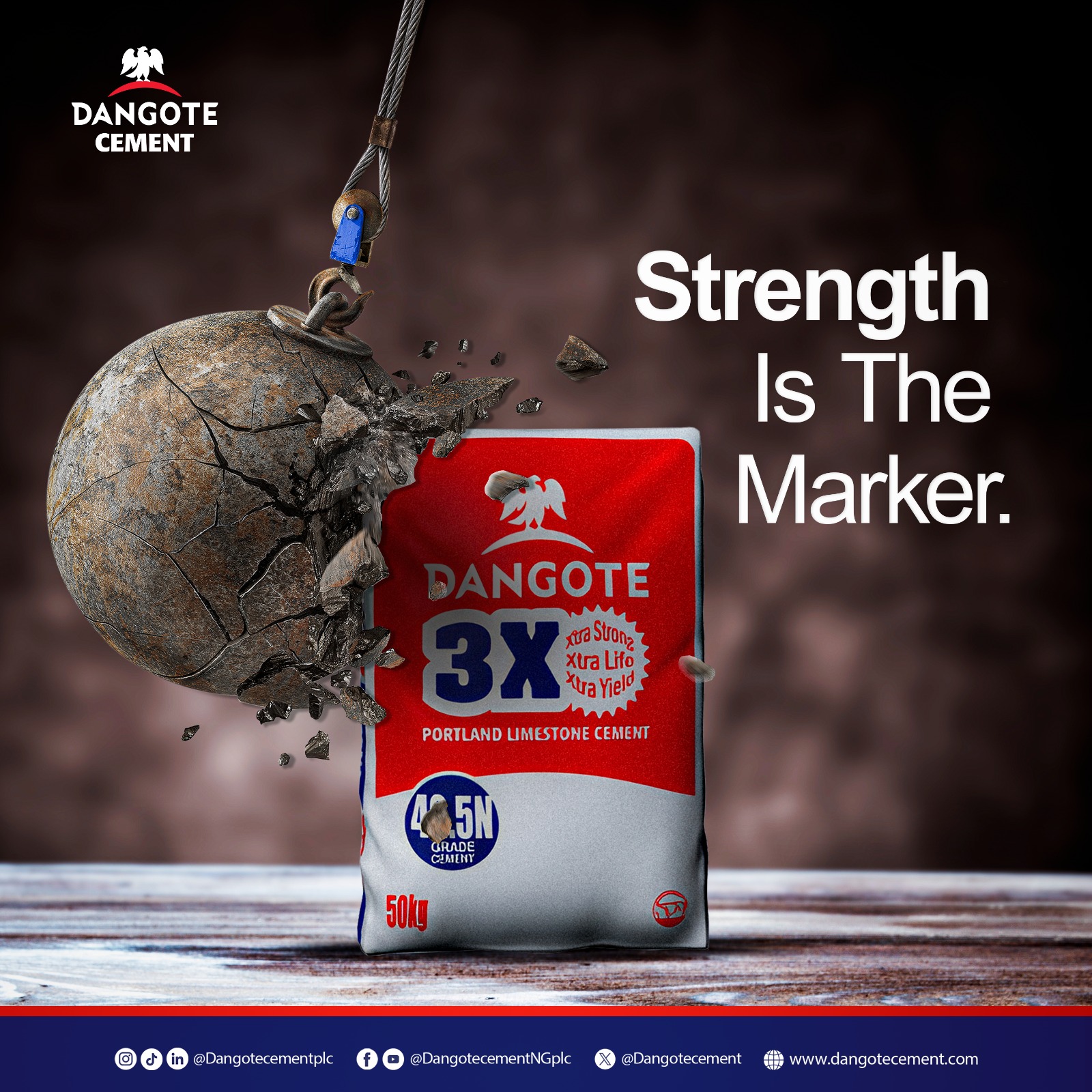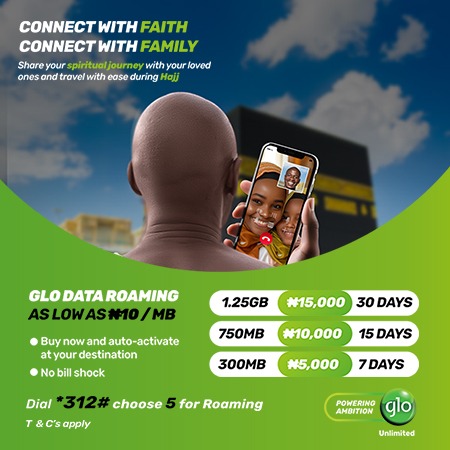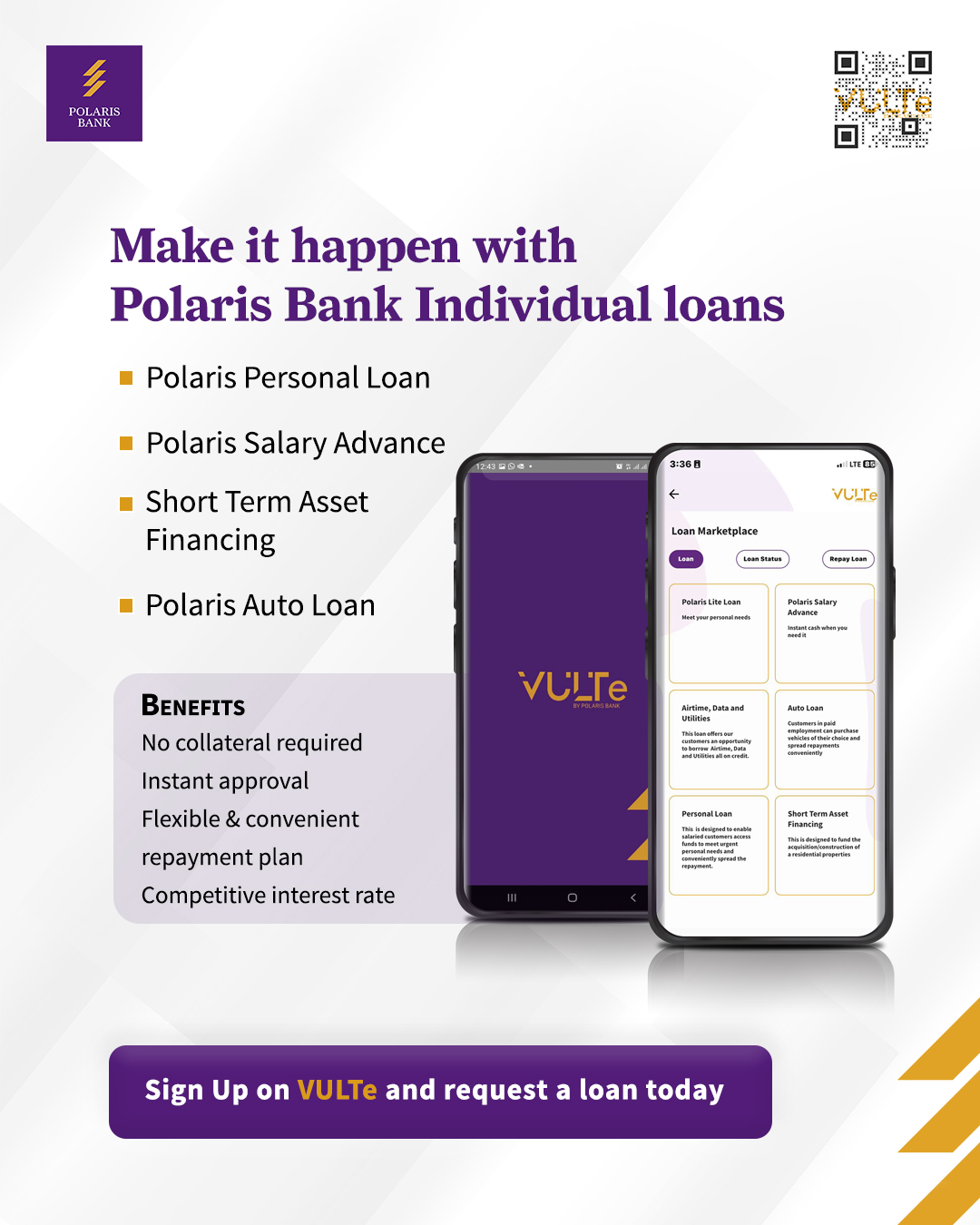Africa’s Media Revolution: How PwC’s 2029 Outlook Reveals Next Billion-Dollar Opportunity
REUBEN KALU
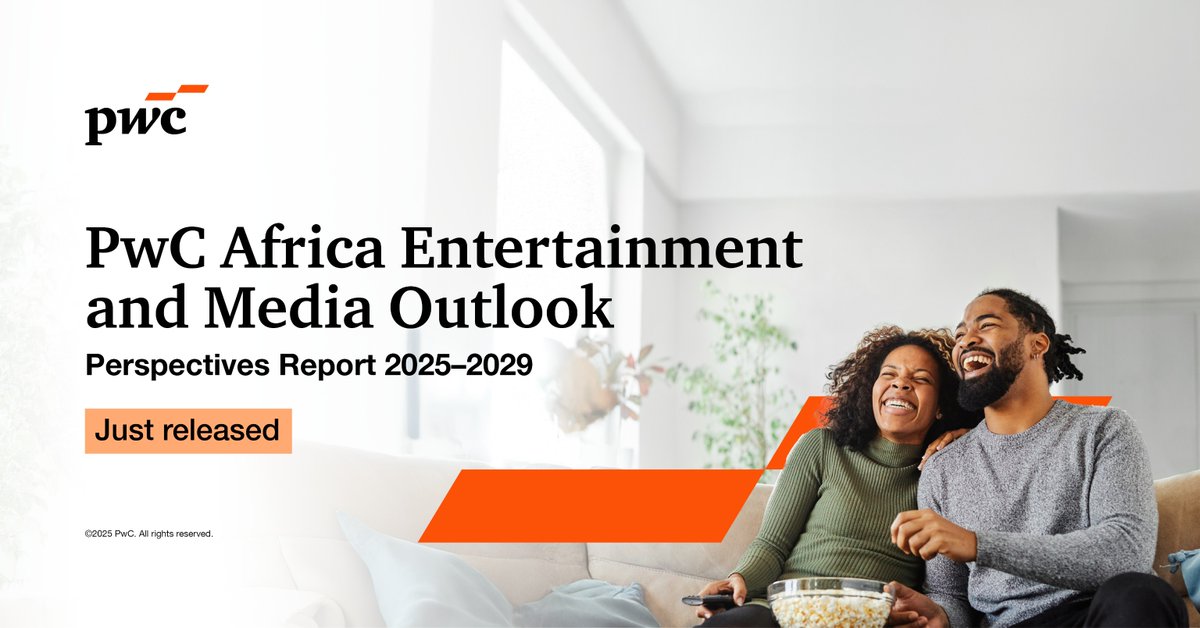
In today’s economy, media is not just an amplifier—it is the engine that drives growth, perception, and transformation. The latest PwC Africa Entertainment & Media Outlook 2025–2029 paints a striking picture: Africa’s Entertainment and Media (E&M) industry is evolving faster than most global markets, driven by digital connectivity, mobile-first consumption, and the rise of AI-powered creativity.
For businesses, this is not simply a report—it’s a blueprint for how to harness media’s momentum to dominate their categories. Let’s unpack how African companies, entrepreneurs, and brands can convert this digital energy into market leadership.
1. Recognize Media as the New Marketplace:
The PwC report underscores a powerful truth: media has become the modern marketplace. With Nigeria’s E&M sector growing at 11.2% in 2024 and projected to sustain a 7.2% CAGR through 2029, digital spaces—streaming, gaming, and social platforms—are where audiences spend their attention, time, and money.
This shift demands that every business—regardless of industry—acts like a media company. Whether you sell fashion, fintech, real estate, or food, your reach, relevance, and revenue now depend on how effectively you create, distribute, and monetize content.
Strategic takeaway:
Build in-house media capabilities or partner with agencies that can handle storytelling, video, and influencer marketing.
Treat your brand channels (social media, YouTube, podcast, blog) as primary sales platforms, not just communication tools.
Focus on content ecosystems, not campaigns—create series, themes, and interactive experiences that build community.
2. Harness Connectivity as Your Growth Multiplier
Across Africa, connectivity is the backbone of the digital economy. Nigeria’s 107 million internet users and Kenya’s mobile connections exceeding its population signal a mobile-first revolution. By 2029, connectivity spending will exceed $1.3 trillion globally.
However, PwC notes that in Africa, 81% of digital spend goes to connectivity, leaving less for content and advertising. That’s a challenge—but also an opening. As data becomes cheaper and access expands, the share of wallet will shift toward digital content and advertising, meaning audiences will spend more on streaming, gaming, and branded experiences.
Strategic takeaway:
Prioritize mobile optimization in all marketing and service delivery—apps, mobile-first websites, SMS commerce, and WhatsApp engagement.
Invest in digital distribution partnerships (e.g., telco collaborations, OTT tie-ins) that extend your content or product access.
Anticipate lower connectivity costs by 2026–2027 and plan for scale—prepare campaigns and e-commerce funnels that can capture the surge in new online users.
3. Move from Advertising to Audience Ownership
PwC predicts that by 2029, advertising will surpass consumer spending globally, growing at a CAGR of 6.1% compared to 2.0% for direct consumer spending. In Africa, Nigeria will lead with 84% of total ad spend going digital by 2029.
This signals a seismic shift from buying visibility to building owned audiences. Businesses that invest in content-driven communities will outperform those relying solely on paid ads. The next advantage lies in first-party data—understanding your audience through engagement, not just impressions.
Strategic takeaway:
Create content funnels that turn followers into subscribers, and subscribers into customers.
Develop loyalty programs and newsletters to build direct relationships and own your audience data.
Use AI-driven analytics to track engagement patterns, predict purchase intent, and tailor communication per segment.
4. Leverage AI for Local Creativity and Scale
Generative AI is transforming the creative landscape. PwC highlights how African startups and media houses are using AI to produce local-language content, personalize recommendations, and streamline production. This means African businesses now have access to global-grade creativity at local-scale costs.
AI can also help smaller brands compete with established players by automating design, optimizing campaigns, and generating culturally relevant content at scale.
Strategic takeaway:
Use GenAI tools for storytelling—translate product stories into multiple languages, generate localized ad copy, or tailor visuals for regional markets.
Employ AI chatbots and voice assistants to deliver personalized service experiences in vernacular languages.
Collaborate with local AI startups to co-create solutions around customer insight, predictive analytics, and ad targeting.
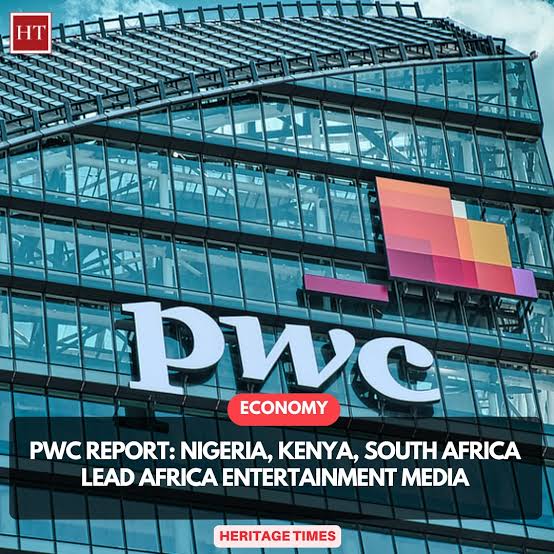
5. Tap into Africa’s Youthful Digital Culture
Africa’s greatest media strength lies in its youth. Nigeria, Kenya, and South Africa are home to a vibrant, under-35 population that shapes trends through TikTok, gaming, and streaming. The report shows that video and esports are outpacing traditional TV, with Nigeria expected to lead that shift by 2028.
Brands that align with this youth-driven culture will not only gain relevance but also become part of the new cultural economy—where commerce, creativity, and community converge.
Strategic takeaway:
Build creator partnerships with micro-influencers who drive local conversation.
Integrate gaming, music, and entertainment sponsorships into your brand strategy.
Launch interactive digital experiences—from AR filters to gamified campaigns—that tap into youth participation.
6. Blend Live and Digital Experiences
PwC’s analysis reveals a rebound in live events and entertainment, with South Africa’s live music ticket revenue projected to grow at 5.9% CAGR and Nigeria and Kenya following closely. This renaissance, amplified by social media visibility, suggests that audiences crave real experiences enhanced by digital touchpoints.
Businesses can merge physical and digital engagement—what’s now called the “phygital” experience—to deepen brand relationships.
Strategic takeaway:
Combine in-person events (pop-ups, concerts, trade expos) with digital amplification (live streaming, influencer coverage, AR participation).
Use QR and NFC technologies at events to collect data and continue post-event engagement.
Create hybrid loyalty experiences that connect offline participation to online rewards.
7. Invest in Local Storytelling and Cultural Relevance
The future of African media will be shaped by local voices telling global stories. PwC highlights how AI and OTT platforms are enabling regional storytelling—from Nollywood’s global streaming success to Kenya’s gaming and music content exports.
This shift means businesses must root their storytelling in local identity while maintaining global standards of quality and accessibility.
Strategic takeaway:
Build brand narratives that celebrate local culture, creativity, and social impact.
Partner with content creators and production houses who can express your brand values through music, film, or visual storytelling.
Use vernacular languages and regional humor to improve engagement and relatability.
8. Position for Emerging Market Expansion
The inclusion of Mauritius in the PwC report signals a widening E&M scope—new, smaller markets are emerging fast. As digital infrastructure expands, peripheral markets will become high-growth testing grounds for regional expansion.
Strategic takeaway:
Identify tier-2 markets (like Ghana, Rwanda, or Mauritius) where early entry can secure leadership.
Develop scalable, lightweight business models—digital-first services, subscription products, or app-based solutions.
Use cross-border digital partnerships to distribute content or services seamlessly across Africa.
9. Build Agility Around Economic Volatility
PwC warns that currency fluctuations, inflation, and regulatory barriers may temper growth. Yet, agility—backed by data—can turn volatility into opportunity.
Strategic takeaway:
Diversify revenue channels: mix digital ads, subscription, sponsorship, and e-commerce models.
Invest in financial resilience through hedging and scenario planning.
Stay policy-aware—engage regulators and industry bodies early to shape digital and advertising policies.
10. Redefine Success: From Reach to Resonance
As media converges with commerce, the goal is no longer just to reach millions—it’s to matter deeply to the right audience. Businesses that use media to tell authentic stories, empower communities, and innovate experiences will define Africa’s next decade of growth.
In the words of PwC’s own summary, Africa’s E&M sector is “fast, focused, and future-ready.” So too must be its businesses.
In Conclusion
The reins of power have shifted—from capital to content, from institutions to individuals, from visibility to engagement.
For African business leaders, the message is clear:
Those who master media will master markets.
The next frontier of competition will not be fought in boardrooms or on billboards—but in newsfeeds, screens, and stories that inspire, connect, and convert.




